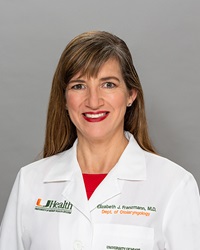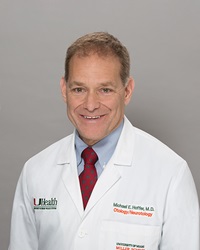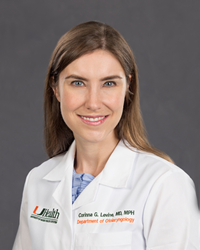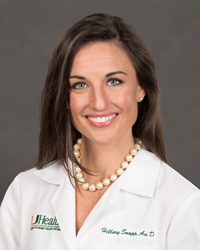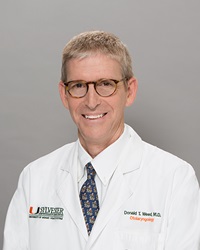Seeking Patient Care?
Research is essential for continued improvement in healthcare which is why it is also a fundamental part of UHealth Otolaryngology. Our faculty and scientists are globally recognized in variety of areas from clinical trials to translational research studies. The results of our research facilitate life-changing discoveries and advancement in patient care.
Through our post-graduate research program we are also dedicated to ongoing, cutting-edge and collaborative research in a variety of subspecialty areas, from clinical trials to basic science. Our research programs provide excellent opportunities to medical students, residents, and fellows, in preparation for future endeavors in their chosen career paths. The goals of our research programs are to:
- Improve research skills and experience
- Work with world-class researchers and clinicians who can serve as helpful mentors and advisors
- Coauthor and publish peer-reviewed manuscripts in otolaryngology journals on their research projects



